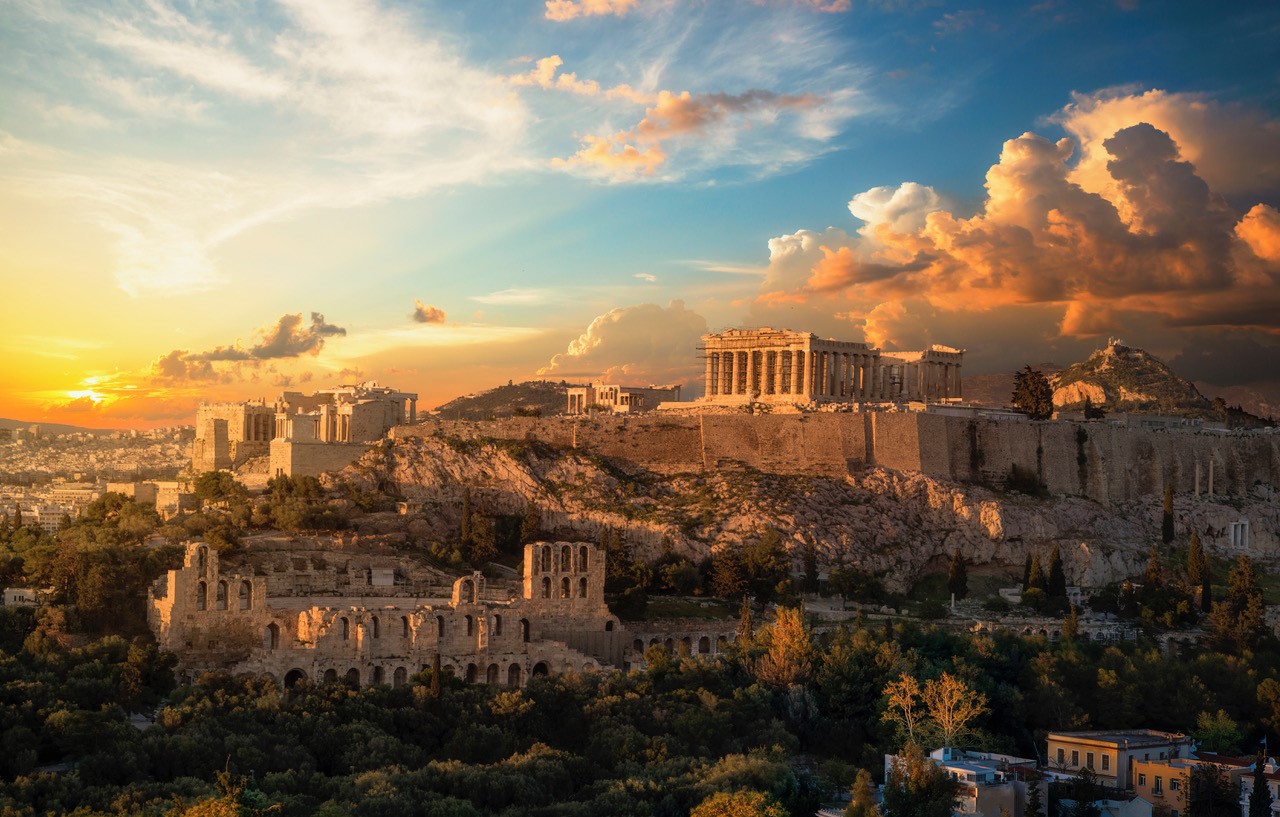Projects
The Ashes in the Acropolis
This project (part of a VENI grant by the Dutch Research Council, 2019-2022) concerns the symbolism, archaeology and reception history of the Acropolis of Athens. The Parthenon, the great former temple, church and mosque of Athens, is commonly seen as a symbol of Greece, and, more generally, the ‘West’. As a contribution to the current interest into the Parthenon’s symbolism, this project investigates for the first time a deeply ambivalent layer of its history. It does so by introducing the concept antagonistic narratives (stories about enemy action) and positing that these may play a role in the symbolism of monuments. The project calls attention to the consequences of such narratives for the modern perception of the Parthenon, as well as for its archaeological reconstructions.
First, the project aims at investigating when, how and to what extent antagonistic narratives became attached to the Parthenon. Subsequently, it analyzes the role of these narratives in archaeological scholarship on the Acropolis. The project will finally examine the influence of these narratives on the architectural history of the Parthenon itself, focusing on the phase of the Parthenon’s predecessor, the Older Parthenon. The blocks of this temple, destroyed by the Persians in 480 BCE, are believed to survive in the Acropolis walls as an ancient monument of that destruction. However, there are good reasons for the idea that the blocks were rejected material of the new Parthenon. If that view proves tenable, the Older Parthenon might therefore be regarded a ‘phantom temple’, and could itself be a material narrative of antagonism.


